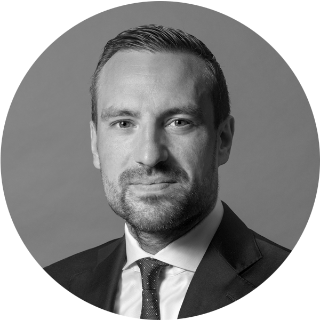Transactions are integral value creation elements. Realizing the potential is bound by active portfolio management and making decisions with strategic foresight.


The power of product costing as a value generator across the ownership cycle
Strategic product cost optimization across the PE ownership cycle
In today’s high-interest, uncertain economic climate, value appreciation is becoming less critical to achieving target exits, shifting the focus to operational value creation. Key levers include SG&A (Selling, General, and Administrative) adjustments, procurement, manufacturing optimization, and workforce efficiency. However, one often overlooked yet powerful tool is bottom-up product cost optimization.

Strategic product costing—through value engineering (VAVE), design-to-cost, and supply chain improvements—is not just a tool but a powerful strategy that can drive EBITDA growth, enhance cash flow, and create lasting competitive advantages. Despite perceptions of complexity and extended timelines, our experience shows it delivers significant results when integrated throughout the private equity ownership cycle. At Roland Berger, together with our product cost experts at Polarixpartner, we specialize in applying these methodologies with speed and precision, ensuring that private investors maximize returns while mitigating risks.
Enhancing acquisition insights: the role of product costing in operational diligence
During the diligence phase of an acquisition, time constraints often hinder a thorough assessment of a company's product portfolio. Typically, expert interviews and surface-level observations are the extent of the analysis that can be conducted within a limited timeframe. To address this challenge, our operational diligence approach includes rapid technical assessments of select products and portfolios. These assessments involve a comprehensive review of the product's technical specifications, manufacturing processes, and cost structure, generating valuable insights into the cost structure, uncovering hidden inefficiencies and opportunities for margin improvement.
By implementing these assessments, we can provide more accurate estimates of value potential at an early stage, which is crucial for informing valuations and establishing key priorities post-acquisition. Additionally, in collaboration with our partners at Polarixpartner, we leverage product teardown and should-costing techniques on critical product categories during the diligence process. Product teardown involves a detailed disassembly and analysis of a product to understand its cost structure, while should-costing is a method for estimating the cost of a product based on its materials, labor, and overhead. These techniques enable us to deliver technical and costing observations that enhance our understanding of the health and key pain points within a client’s product portfolio.

Accelerating value creation: strategic actions in the first 100 days post-acquisition
The first 100 days following an acquisition are critical for setting the stage for long-term initiatives related to product, portfolio, and supply chain changes. To achieve efficient results, it is essential to kick off these initiatives early in the value-creation process. However, depending on the product, R&D development cycles can extend from several months to even years, and switching suppliers often involves lengthy lead times for assessing candidates and validating their production processes.
By conducting our rapid product and portfolio technical assessment during the diligence phase, we can help define and plan value-creation measures that typically would not commence within the first 100 days. For instance, during a recent diligence review, we discovered that over half of the target's supply base would face increased tariffs on materials sourced from China. We assisted them in planning alternative suppliers immediately post-close, effectively mitigating tariff exposure within the first six months of ownership.
As the holding period begins, the focus shifts to implementing and sustaining these value-creation measures. Our team can support and lead these efforts by leveraging our value creation and performance improvement tools. From negotiating with suppliers toward achieving cost targets to collaborating with Engineering to optimize product specifications and materials, our experts possess deep technical knowledge that drives value capture.
A notable example of our impact occurred after diligencing a building technologies company. We identified that their entry-level offering was both overpriced and over-engineered compared to competitors. Following the deal closure, we worked closely with the new owners to benchmark against the competition and define a "best of best" new product concept. By initiating a dedicated team early in the holding period, we successfully assisted the client in launching a new product at 40% lower cost and in half the time, exemplifying the power of proactive value creation in the initial days of ownership.
Cultivating lasting value: the importance of product cost management in exit preparation
As companies prepare for exit, fostering a culture centered around continuous improvement in product cost management and optimization can significantly enhance long-term value. This cultural shift involves training and motivating both management and employees to adopt practices that enhance efficiency and reduce costs. By embedding these principles within the organization, companies can establish a robust foundation for sustainable growth.
Successful implementation of product cost improvements not only showcases a team's existing capabilities but also provides tangible experience that inspires trust in the repeatability of the process. This trust is crucial as it reinforces the organization's commitment to ongoing optimization and efficiency. Additionally, identifying further areas for improvement—especially those that may have been overlooked due to timing restrictions or the prioritization of other strategic levers—can amplify the existing momentum. This approach lends credibility to potential growth opportunities, making the company more appealing to prospective buyers.

Roland Berger and Polarixpartner offering
Experts from Roland Berger and our subsidiary, POLARIXPARTNER, have been collaborating since 2022 to accelerate product cost optimization across various industries. They have broadened this practice over time to create and optimize their product journeys. The results have been inspiring for both us and our clients as we work together to generate opportunities and optimize product costs at every stage.
Roland Berger collaborates with top-level executives across various industries, helping them navigate cutting-edge digital topics and equipping them with the skills and capabilities necessary to succeed in the digital world. We inspire leaders and drive the transformation of organizations’ cultural perspectives.
POLARIXPARTNER, a Roland Berger Group company, specializes in the technical benchmarking of systems and hardware, performing bottom-up target cost analyses in conjunction with VAVE analysis and identifying potential savings at the technical, commercial, process, and supply chain levels. Drawing on an extensive database of actionable cost reduction levers, we deliver exclusive insights that unlock measurable results for our clients.
Register now to receive regular insights into our Transaction & Investor Services topics.





